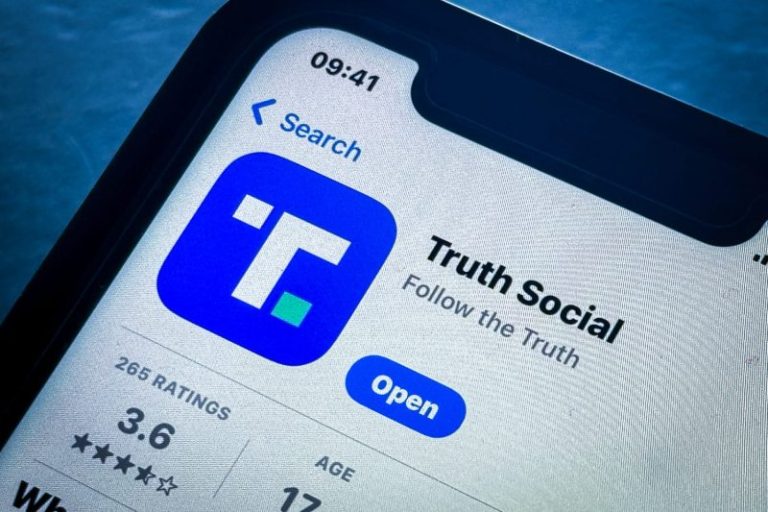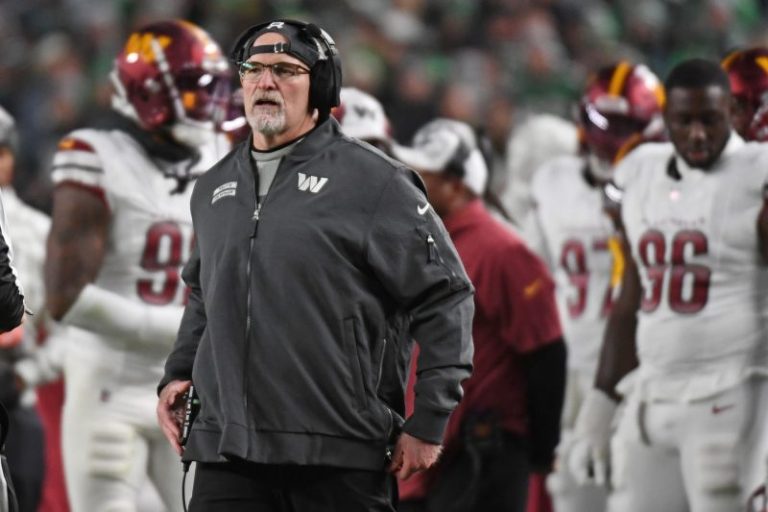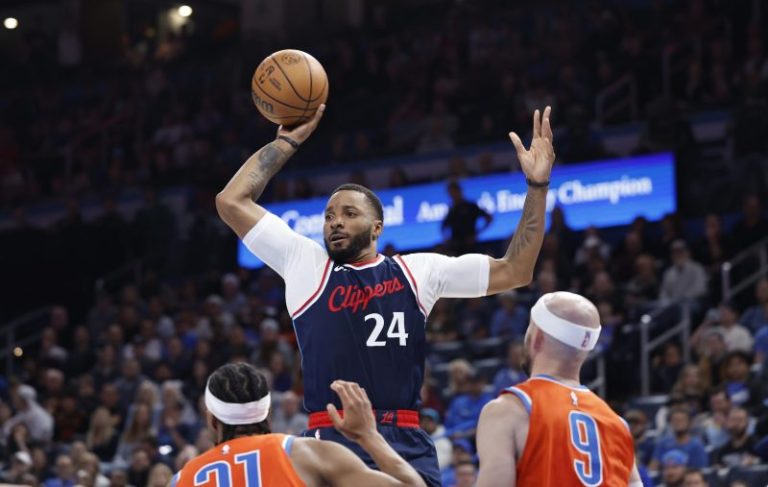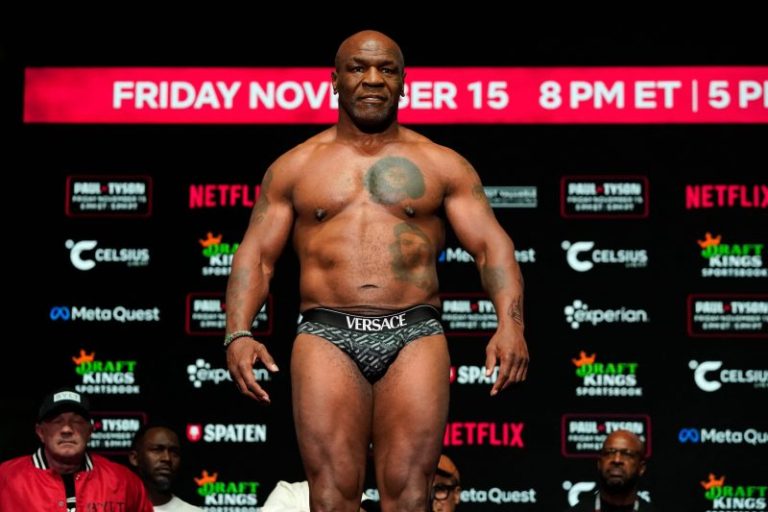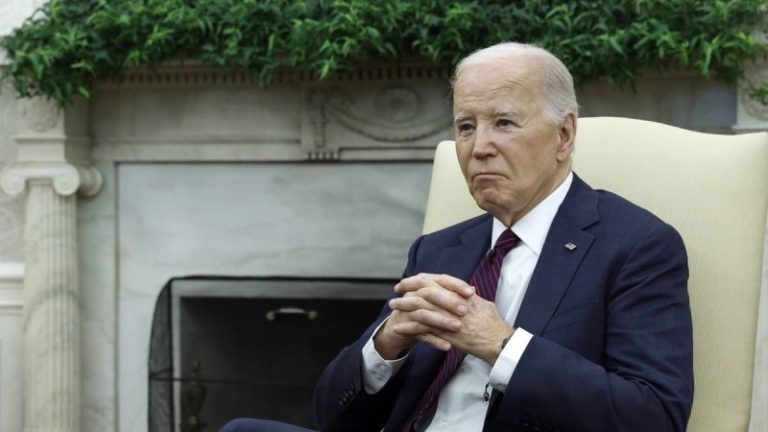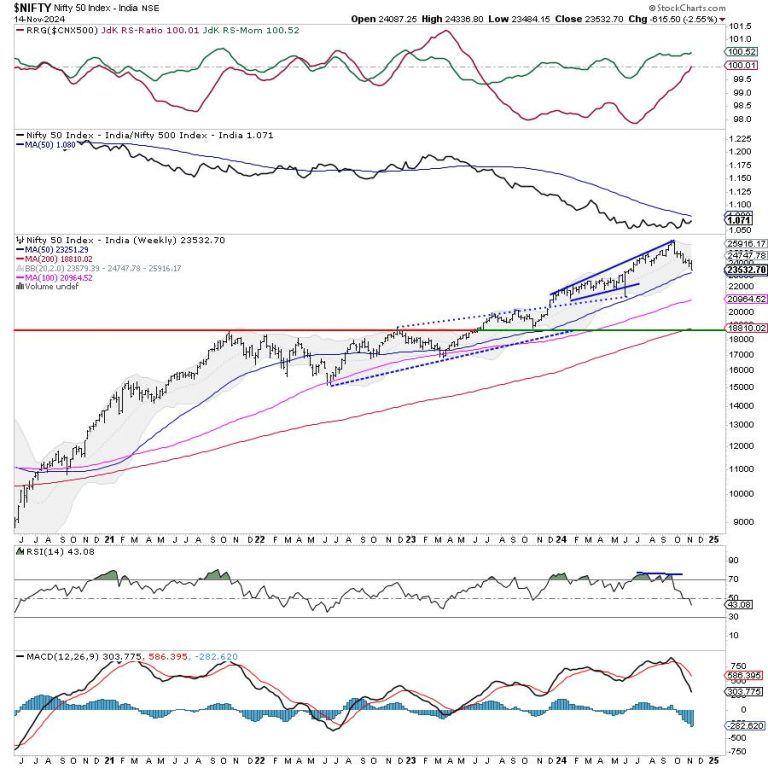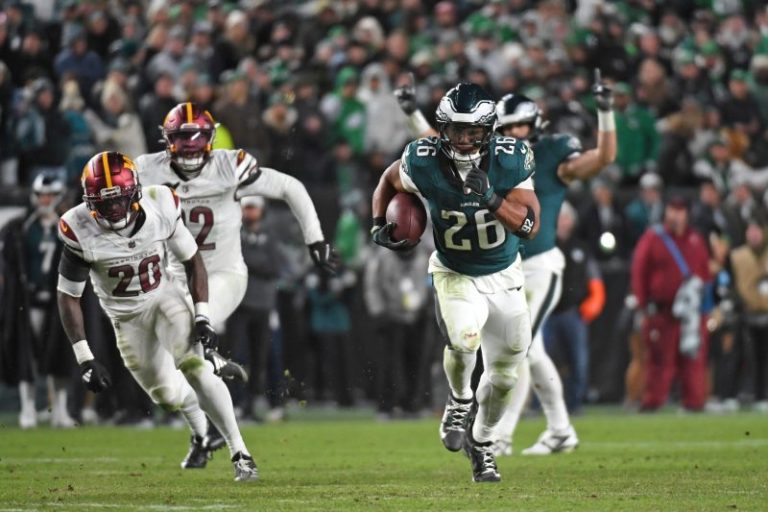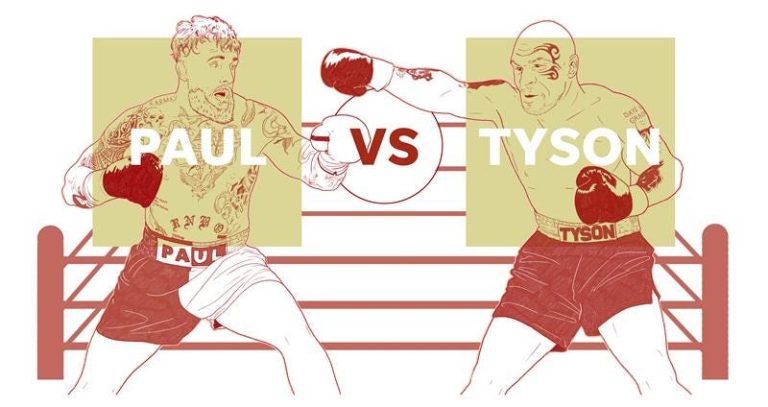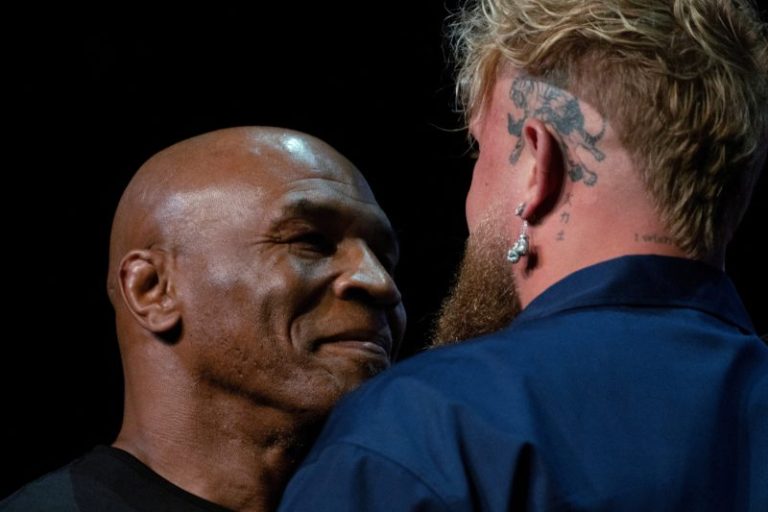Trump’s 2025 election victory was resounding and, it appears, realigning. The Democrats, for their part, are engaging in a rather public autopsy of their misfortune. While almost all claims that a party will be in the wilderness for years to come are exaggerations, there are at least three major mountains in the way of any realignment back in the Democrats’ favor.
First, it must be said that Trump’s triumph and the Democrats’ loss has much to do with the economy. Yes, there were other factors such as immigration, crime and cultural issues. Even so, it was economy that was at the center of this election.
Beyond the polling that indicated it was the number one issue, the following – astonishing – economic fact played no small role:
After the inflation of 2021 through 2023, as reported by GOBankingRates in January, 2024, ‘nearly half of Americans have less than $500 in savings – and almost 60% of Americans have less than $1000 saved up.’
Now combine that with the record credit card debt of many of those same people and there is no other conclusion to be made but that a huge percentage of Americans are living on the margin. They voted their dwindling pocket book over social justice pleas.
Prior to government response to Covid, wages had risen under Trump by 7.1%. Adjusting for inflation, they fell under Biden.
Little wonder over 70% said on Election Day the country was headed in the wrong direction.
As for the mountains the Democrats face, they are as follows:
The modern Democrat party has become the party of government, taxation and regulation. The Green New Deal is a comprehensive example of that.
The Green New Deal legislation is what economists call a government directed ‘industrial policy.’ It seeks to direct enormous government expenditures toward their favored sector of the economy that they want to design.
To realize that, Democrats have imposed regulations that are unprecedented in their scope and reach. That includes openly stating that entire industries should be shutdown, such as coal.
Of course, the Democrats also seek large tax hikes to pay for that program as well. In the last two presidential cycles, the Democrats have openly campaigned on higher taxes. That used to be taboo – at least from Reagan, to Clinton, to the Bush 41and 43 and Obama’s first terms.
The Green New Deal, of course, follows up the last major Democrat legislative victory and huge expansion of government known as Obamacare. That was passed without a single Republican vote.
Just how government-centric are the Democrats?
Well, consider one of their prospects for 2028, California Governor Gavin Newsom. He is a big proponent of Green New Deal policies. Through regulations, he has purported to ban combustion engines for cars and trucks in the next decade among other things.
Recently, Newsom boasted about how California is producing high-paying jobs.
In truth, however, from January of 2022 to June of 2024, California produced only 5,400 private sector jobs. That’s 180 jobs a month for 30 months for a state of over 35 million. By contrast, in that period, government hiring accounted for over 95% of the new jobs in California.
In other words, the party also has become the party of government jobs.
Why were there so few jobs produced in California under Newsom? The simple answer is that California has the highest burden of taxes and regulations of any state in the Union. Nationally, a similar story has taken hold.
In the last decade, the spending by our state, local and federal governments has reached 35% according to Trading Economics. It peaked over 40% during the government response to Covid.
Further, the costs of regulations imposed by our governments is well over $2 trillion all combined. If regulations were its own industry – it would trail only government and healthcare in size.
The societal costs of that spending, the taxes imposed to pay for it and those regulations, has been to limit yearly, average, economic growth to 2% or below. We used to average 4% in the 1950s. It has steadily declined since then as government has grown.
Two percent growth does not and cannot produce enough private sector jobs for a country the size of the United States – plain and simple.
So, it can be no surprise that the rate in growth of government jobs nationwide exceeds private sector jobs growth at this time. Without enough job growth, those on the margin wind up on government programs.
Of course, those government jobs have come at the expense of trillion-dollar deficits and an exploding national debt, which is over $35 trillion as of this writing. All combined, those are sources of inflation which could ignite again if a crisis occurs.
In the final analysis, the size of government and its regulations have reached the point that they are strangling private sector job growth. Promoting more government, the staple of the current Democrat party, is not an option that will produce jobs for voters.
Recently, polling by Scott Rasmussen, in conjunction with The Committee to Unleash Prosperity, found that, among the elites (defined as people having at least one post-graduate degree, earning at least $150,000 annually, and living in high population density areas):
‘70% of the elites trust the government to do the right thing most of the time – more than twice the national average. Among the politically active members of the elites, the figure rises to a stunning 89%.’
That is important to know because that subgroup populates Democrat elites in and out of government.
Historically, once the appetite for such big government, if not socialism, grips a party hierarchy, it doesn’t let go. That is consistent with Labor Party history in England. It is also consistent with the fact that Obama and Hillary Clinton were to the left of Bill Clinton, Biden bragged he was the most progressive ever and Harris was to the left of them all. Meanwhile, Truman and JFK would not recognize any of them.
Those are the three mountains in the way of any Democrat comeback. There are others, but far more American Latinos want jobs than handouts. A growing number of black male voters agree with them.
Of course, if Republicans simply spend money on their favorite special interests, as they have in the past, instead of paring down government, they could hand the Democrats a free pass back into power. For now, however, Democrats have the higher hill to climb.
This post appeared first on FOX NEWS

